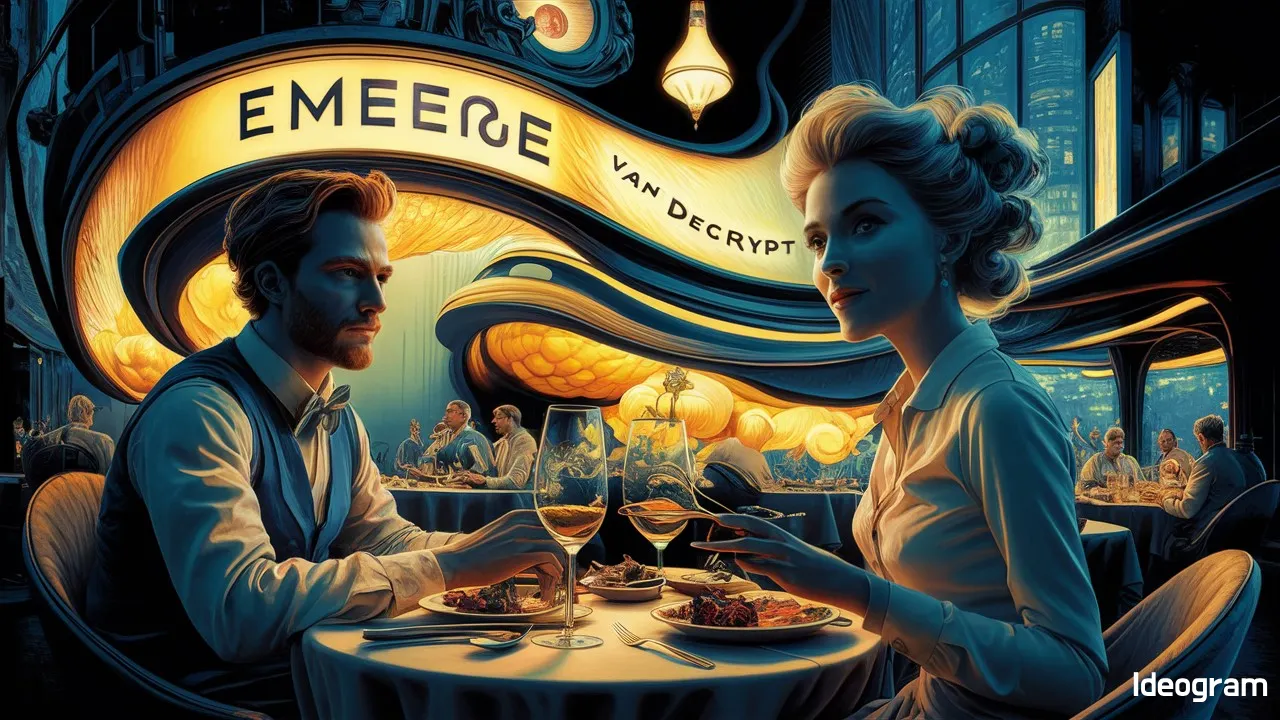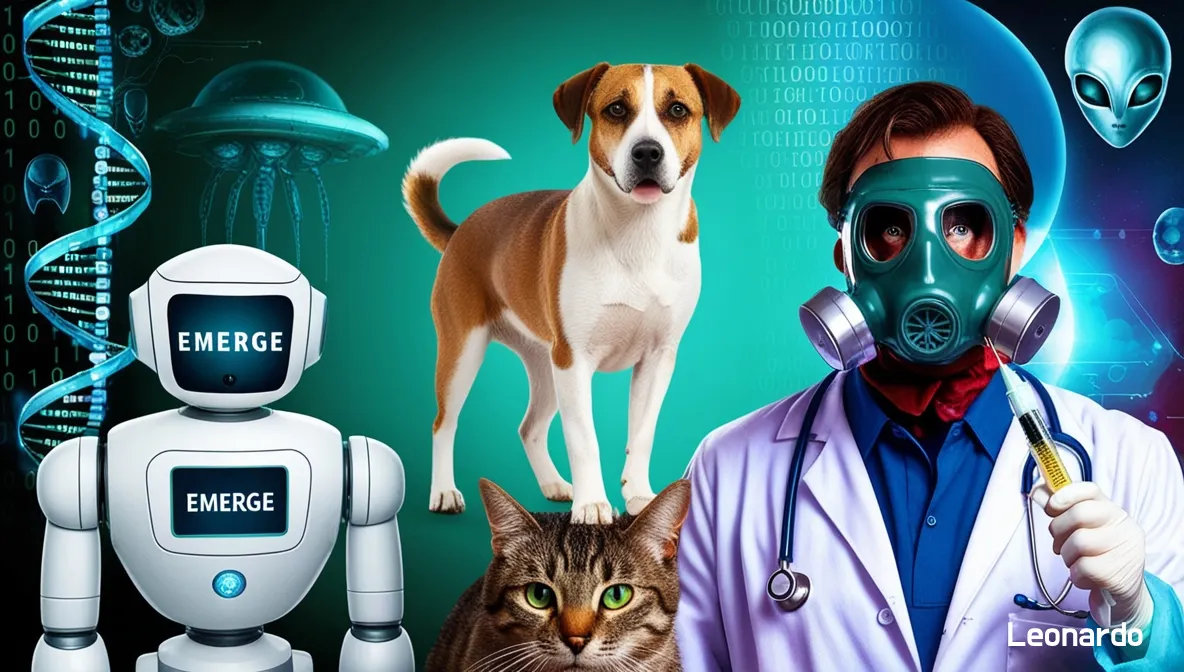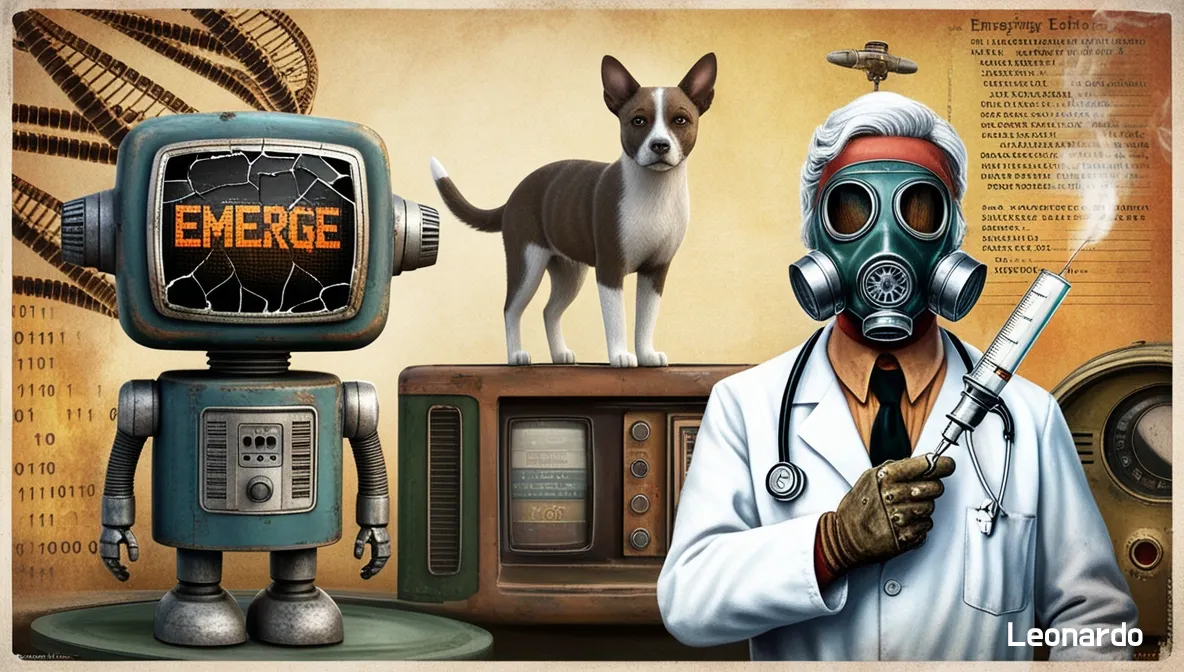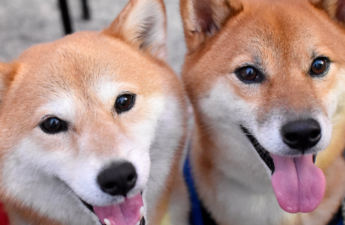Leonardo AI, a popular generative image service, announced on Monday the release of its new model, Leonardo Phoenix. This release comes on the heels of Stability AI’s launch of its SD3 model, which delivered impressive prompt adherence and text generation capabilities, but was marred by controversy surrounding its licensing terms and perplexing misunderstanding of human anatomy.
The creators of Leonardo were, not surprisingly, effusive about their latest release.
“We don’t want to overplay this one, but we really believe that Phoenix is one of the leading models out there with respect to its ability to faithfully follow a user’s prompt,” they wrote in an email announcement. The update to the AI model came with an overhaul of the Leonardo website.
The Leonardo Phoenix model is touted as delivering enhanced prompt adherence, clear and accurate text within images, superior image quality, and greater creative control. The update also introduces new features like “Prompt Enhance” and “Edit with AI,” which help users automatically turn basic prompts into more detailed ones and instruct the AI to change prompts in specific ways, respectively.
Due to the new architecture, however, some previously available features like image guidance, elements, and photoreal are not yet supported. It’s also worth noting that token costs are temporarily lower for the new model, but will revert to standard pricing next Monday.
Ideogram accolades
While Stable Diffusion models require users to have the technical know-how to install them on their local computers, Leonardo AI is easily accessible through its own website. This ease of use calls for a natural comparison to Ideogram, MidJourney, or Dall-E 3, which are also web-based AI image generators.
Before the release of Leonardo Phoenix, Decrypt compared these models—local and web-based—and concluded that “Ideogram may be the best image generator currently on the market.” When SD3 came out, our quick test concluded that it was “better than SDXL for a lot of use cases—but not enough to replace it.”
Ideogram, then, stood strong in our subjective tests. Is Leonardo good enough to beat it?
Leonardo versus Ideogram
To compare the models, we provided the same base prompt to both. We also enabled a feature available on both services to enhance our prompt text to generate better images.
Style interpretation

Base Prompt: A man and a woman having dinner in a futuristic restaurant, illustration in the style of Vincent Van Gogh. The restaurant has a sign saying “Welcome to Emerge, by Decrypt.”
We wanted to test how well the models identify relevant artists and art movements—in this case, the art style of Vincent Van Gogh, who has a characteristic and easily recognizable technique. Leonardo beats Ideogram in terms of style. Also, its text generation capabilities proved more powerful in this example.
Leonardo’s focus on style led to the blend of the restaurant with the grass on a picnic.
Ideogram took a safer approach, focusing on the scene instead of the style. It’s easier to fix Leonardo’s generation with inpaint. Ideogram would require more sophisticated techniques (like using IPAdapter or Img2Img) to achieve acceptable results because the image doesn’t resemble the style at all.
Winner: Leonardo
Prompt adherence and spatial awareness


Base Prompt: A dog standing on top of a cat. On the left, there is a robot with a screen saying “Emerge,” on the right there is a horror-theme doctor with a syringe wearing a gas mask. The background blends elements of emerging technologies like DNA and genetics, binary code, space exploration and aliens, electronics, and futuristic tech.
Here we wanted to test how well the models understand the position of specific elements in the prompt. Both were accurate in their generations, understanding the position of each requested element, the background, and the text.
Ideogram generated an image that blends all the elements together and is more aesthetically pleasing. Leonardo generated a more accurate representation, which is apparent in the little details. For example, Ideogram failed to generate good hands for the doctor, and the elements on the table are nothing but messy abstract generations that look good but don’t mean anything.
Winner: Tie. Leonardo wins in terms of accuracy, Ideogram wins in terms of aesthetics.
Bonus round: We decided to start with this generation to give Leonardo’s “Edit with AI” feature a whirl. We asked Leonardo to “give the image a 70s vintage style without changing its elements,” and it generated it almost perfectly in the first shot—only missing the cat.
Notably, this feature heavily modified the generation and is not just comparable to the use of IPAdapters in Stable Diffusion.

Photorealism

Base Prompt: professional photo, closeup portrait photo of caucasian man, wearing a black sweater, serious face, dramatic lighting, nature, gloomy, cloudy weather, bokeh.
Ideogram’s image was more photorealistic than Leonardo. It focused on the subject and all of his features, whereas Leonardo, again, focused more on the style and other elements surrounding the subject like the gloomy aesthetic and the dramatic lightning.
Winner: Ideogram
Feature comparison
Both Ideogram and Leonardo are websites that allow the public to access their respective generative AI models. They also offer paid tiers that enhance their capabilities. While the image comparisons are compelling, the nuts and bolts are worth examining as well. After all, the deciding factor could extend beyond the models themselves, encompassing the overall service offerings from each.
Prompt enhancement and image handling
Prompt Enhancement: Both Leonardo and Ideogram offer prompt enhancement features to refine and improve user prompts. In Leonardo, this is called “Improve Prompt,” while Ideogram refers to it as “Magic Prompt.” These tools aim to ensure optimal results by automatically expanding basic prompts into more detailed and effective versions.
Image Size: Leonardo AI accommodates larger image resolutions compared to Ideogram. For a 16:9 aspect ratio, Leonardo can generate images up to 1376×768 pixels, while Ideogram is limited to 1280×720 pixels. This difference in maximum image size can be significant for users requiring higher-resolution outputs.
Image Ratios: Both services provide a wide range of image aspect ratios to choose from. However, Leonardo AI offers an additional layer of convenience by providing references for aspect ratios commonly used on various social media platforms.
Generation Speed and Quantity: While Ideogram’s image generation process tends to be more time-consuming, its free tier allows for more image generations. Conversely, Leonardo AI’s free tier imposes stricter limits on the quantity of images due to the higher computational demands of its models. This trade-off between speed and quantity may influence your pick.
Advanced editing and customization
Edit with AI: Leonardo AI offers an “Edit with AI” feature, which Ideogram currently lacks. This tool allows users to provide natural language instructions to modify their prompts in specific ways, such as “change the coat to red,” “add a blue hat,” “make it vintage,” or “add dramatic lighting.” The AI then adjusts the prompt accordingly, enabling more precise control over the generated images. It is similar to the instructPix2Pix plugin that Stable Diffusion users have been using since last year.
Background Deletion: Leonardo AI offers a background removal functionality, which Ideogram does not. This feature can be particularly useful for users working with other image editing software or those seeking to isolate and highlight specific subjects within their generated images.
Image Upscaling: Leonardo AI provides an upscaling feature that allows users to enhance the resolution of their generated images. This capability is not currently available on the Ideogram platform, requiring the use of additional tools.
Instant Image Generation: Leonardo AI offers an instant image generator similar to Meta’s “Imagine” feature or Krea’s instant generations. This tool generates images in real-time as the user types their prompt, providing a more dynamic and interactive experience compared to traditional batch-based generation.
Animation and Real-Time Canvas: Leonardo AI lets users create basic animations from their generated images and offers a real-time canvas for heavy inpainting and outpainting tasks. These features are not currently available on the Ideogram platform.
Model Training: Leonardo AI allows users to train their own models based on a curated selection of images. This feature requires significant computational resources and is not offered by Ideogram. This could be a significant advantage for users with specialized needs.
Flexibility: Leonardo AI boasts a broad variety of models, with Phoenix being its most capable offering, comparable to Ideogram’s proprietary model. However, the company also offers other proprietary models like Leonardo Kino, Leonardo Vision, and a Lightning Model, as well as community fine-tuned open-source models such as Dreamshaper and Absolute Reality.
Pricing and model variety
Price per Generation: In terms of pricing, Ideogram’s paid tier offers unlimited slow generations starting at $20 per month, while Leonardo’s Artisan Unlimited tier, which provides a comparable offering, is priced at $30 per month. For users requiring faster generation speeds or additional features, Leonardo AI may be the more cost-effective option, despite its generally higher pricing structure.
Conclusion
Leonardo provides a comprehensive UI with a broad range of features tailored for users seeking to extract maximum value from their generated images. The integration of natural language processing for prompt editing and generation manipulation is also a significant advantage. For power users, particularly those willing to invest in premium services, Leonardo is clearly the more compelling choice, especially given its extensive feature set.
However, for casual users primarily focused on generating visually stunning images with minimal effort, Ideogram’s streamlined approach—coupled with its AI-enhanced prompt generation capabilities—may prove more suitable.
While Leonardo seems to exhibit a slight edge in generating longer strings of text within images, the difference is not substantial.
Ultimately, deciding between the two services may hinge on individual priorities, with Leonardo best for those seeking comprehensive creative control and advanced tools, while Ideogram appeals to users prioritizing an optimized yet straightforward image generation experience.
For our money, Leonardo indeed takes the crown from Ideogram. While Ideogram can sometimes generate superior images, the sheer amount of features that Leonardo provides is compelling. Whether you are new to generative images or a pro, Leonardo can deliver.
Overall Winner: Leonardo
Edited by Ryan Ozawa.
Generally Intelligent Newsletter
A weekly AI journey narrated by Gen, a generative AI model.
Source: https://decrypt.co/236173/leonardo-ideogram-ai-image-generator-comparison








